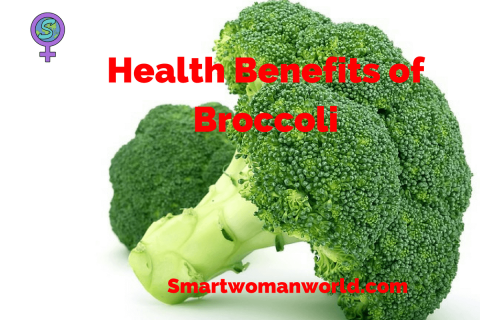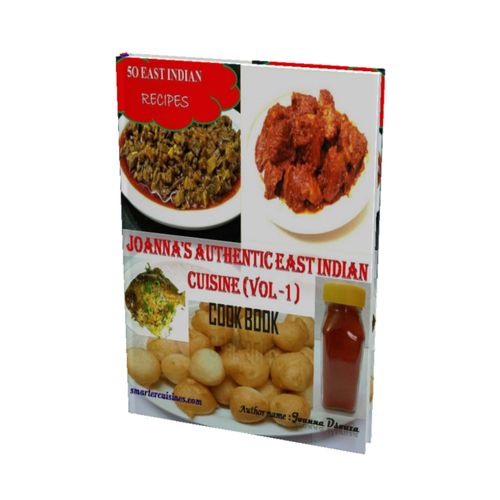In this post, Charmaine talks about the Nutrition Facts of Chia Seeds and Sabja Seeds.
Chia is Not Sabjia/Sabja/Takhmaria/Falooda seeds/Basil seeds.”Think global, eat local”, is a thought which is on most peoples minds when it comes to superfoods and their health benefits.
Today, lets talk about chia seeds and also their so-called “local” counterpart, sabja seeds. Chia seeds are tiny, mottled grey, black and white seeds of the plant Salvia hispanica. These seeds were used by Aztec warriors and runners, allowing them to sustain themselves over an entire day on just 1 tablespoon of these seeds.
These seeds are pesticide- free, since insects do not attack the plant. They have heart-health benefits and have more omega-3 fatty acids than flax seeds.They are also anti-inflammatory and keep the blood vessels well dilated, thereby reducing the risk of heart diseases.They are easy to digest and are also gluten-free.Since chia seeds have a good protein and calcium content, they help to build endurance as well as muscles and tissues.
Boron, a mineral needed for the absorption and assimilation of calcium is also present in chia seeds….thus those predisposed to osteoporosis benefit from chia. Chia gel forms a barrier between carbohydrates and enzymes, thus slowing down the conversion of carbs to sugar, which obviously helps diabetic patients tremendously.
By causing satiety, it helps control hunger and overeating…leading to weight loss. When chia seeds are consumed at bedtime, they release the amino acid tryptophan which converts into the ‘feel-good’ hormone serotonin, thus encouraging a good night’s sleep.
Sabja seeds, on the other hand, are black seeds of the plant Ocimum basilicum. They are also called basil seeds or takhmaria or falooda seeds. They are anti-bacterial, anti-inflammatory and anti-oxidant in nature. They are rich in vitamins A, C and K and minerals like calcium, manganese, magnesium and iron.
They provide relief from acidity, constipation, flatulence, colds etc. They help in controlling hunger because they absorb water and swell in the gut. They ‘cool ‘ the system and are often consumed in the hot summer months with rose syrup, cold milk etc.
When chia seeds and sabja seeds are soaked in water, they both absorb water and swell. If you look closely at the picture you will be able to see the difference. Chia seeds increase in size, clump together and the water in which they are soaked converts into a thick viscous gel. Hence they can be incorporated into smoothies and are also used in bakery products as egg replacements.
Sabja seeds will swell to a much greater extent but the viscosity of the water will not change. This is how you will be able to identify if your vendor has sold you chia seeds ( which are very expensive) or the cheaper sabja seeds (calling it “Indian Chia”!!!).
Sabja seeds REDUCE ESTROGEN LEVELS and delay the menstrual cycle. So if you are looking to conceive or delay the onset of menopause or if you have PCOD then it is up to you to make an informed choice between sabja and chia!
This post is republished from the blog http://goodhealthalwayswithcharmaine.blogspot.in with the permission of Ms Charmaine D’Souza.
About the Author
Charmaine D’Souza is a nutrition and health consultant with more than 25 years of experience in assisting clients who are interested in improving their health and general well-being through better nutrition and healthy changes in their lifestyle. Charmaine is a great believer in freedom of choice in healthcare. In order to have this freedom, one must have information about the different systems of healing. Charmaine is the author of two nutrition books published by Random House India called Kitchen Clinic and Blood Sugar and Spice.
Charmaine and her team work with clients through individualized, one-on-one sessions to offer sound nutrition and health guidelines based on Naturopathy. With the philosophy of Naturopathy, their aim is to treat the individual in body, mind and spirit.Charmaine’s methods include a recipe for a spice and herb mix and a therapeutic water infusion along with a basic diet plan that is geared toward improving the health of the client.
Hope you enjoyed this article Nutrition Facts of Chia Seeds and Sabja Seeds. For more Charmaine’s article click here.
Tags: Nutrition Facts of Chia Seeds and Sabja Seeds



